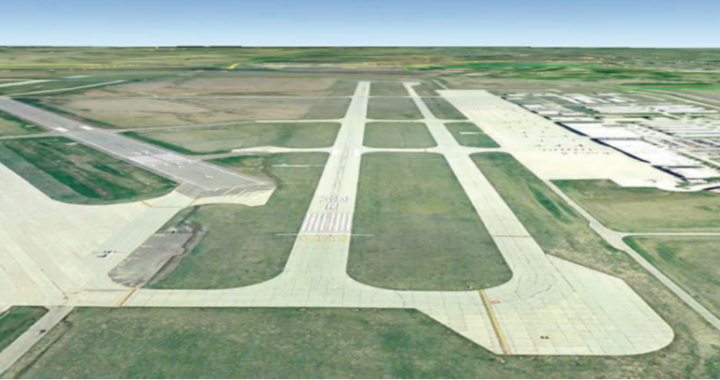Incidents where an aircraft takes off or lands on the wrong surface — or at the wrong airport — pose a serious threat to aviation safety and occur more often than you might think. According to the FAA, there were 1,641 incorrect surface approach and landing events from October 2016 through December 2022, an average of five per week. During that same period, there were 326 incorrect surface departures, about one per week. The vast majority of the incidents — 83% for the landing events and 87% for takeoffs — involved general aviation (GA).
The stakes are immense when this type of error occurs, particularly at major airports. On Aug. 10, 2018, at Philadelphia International Airport, controllers cleared a part 135 Gulfstream G-IV to land on runway 35. The pilots however aligned with taxiway E, which is parallel to runway 35. On the taxiway were four aircraft that the G-IV overflew when the pilots ultimately performed a go-around.
A new analysis by the General Aviation Joint Safety Committee (GAJSC), a data-driven, government and industry safety group, delves into the problem and offers pilots some advice on how to avoid a wrong surface incident.
In Phase 1 of the study, the team quantified the locations and types of incorrect surface events, as well as the aircraft and operation types for 2,786 incorrect surface events received through mandatorily and voluntarily submitted reports. They determined that the majority of reported events were wrong runway approaches, followed by wrong runway landings, wrong airport approaches, wrong airport landings, and taxiway landings, respectively.
Phase 2 further refined Phase I results by identifying human and operational contributing factors to incorrect surface events. Not surprisingly, pilot error topped the list of contributing factors for incorrect surface events, primarily linked to failure to monitor or cross-check, not following procedures and rules, insufficient planning, and flawed communications. In addition to pilot error, the study found issues with:
- pilot human factors (distractions, unfamiliarity or inexperience, expectation bias, task saturation, complacency)
- environment (winds, clouds, visibility, lighting)
- airport layout (visual similarity of nearby surfaces or airports)
- air traffic control human factors (misinterpretation of voice or visual information, distractions, task saturation)
- ATC operations (change in expected clearance)
So what can pilots do about it?
There are several key takeaways for pilots from the study. First, remain vigilant when it comes to all the contributing factors, especially when more than one is present. ATC-pilot-CTAF communications must be clearly understood and read back to ensure all entities have the same understanding of what to expect for the takeoffs or landings. And be particularly wary of parallel runways that are offset from one another — it’s very tempting to choose the more visually dominant runway, although it may be the wrong one.
It’s also very important to adopt and adhere to best practices like pre-planning your departure and arrival, and using call-outs or helpful reminders like setting a heading bug to the assigned runway and checking it before starting your takeoff roll.
Be sure to also leverage training materials like the FAA’s From the Flight Deck video series faa.gov/flight_deck and the FAA’s runway safety page faa.gov/airports/runway_safety. There are also two articles from the FAA Safety Briefing magazine on the subject: “The Anatomy of a Wrong Surface Event” in the May/June 2021 issue, and “Is That My Runway?” in the Jul/Aug 2018 issue.
One positive takeaway from the wrong surfaces study was that, in every case, the wrong surface approaches did not end up landing on the wrong surface. Instead, either the pilot(s) or air traffic controllers intervened to prevent the aircraft from landing on the wrong runway or wrong airport. While this is a great outcome, it’s certainly not a reason to celebrate or relax — it’s an opportunity to learn and build an even bigger margin between a safe flight and an incident or accident.
See the report here: Incorrect-Surfaces-Study_One_Pager-Distro-Ver2.pdf (5868 downloads )

